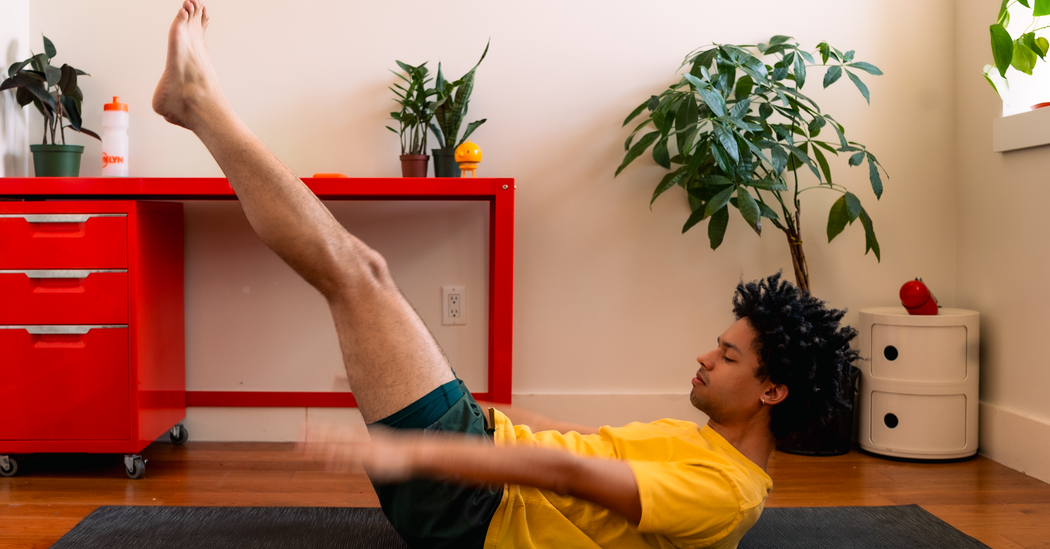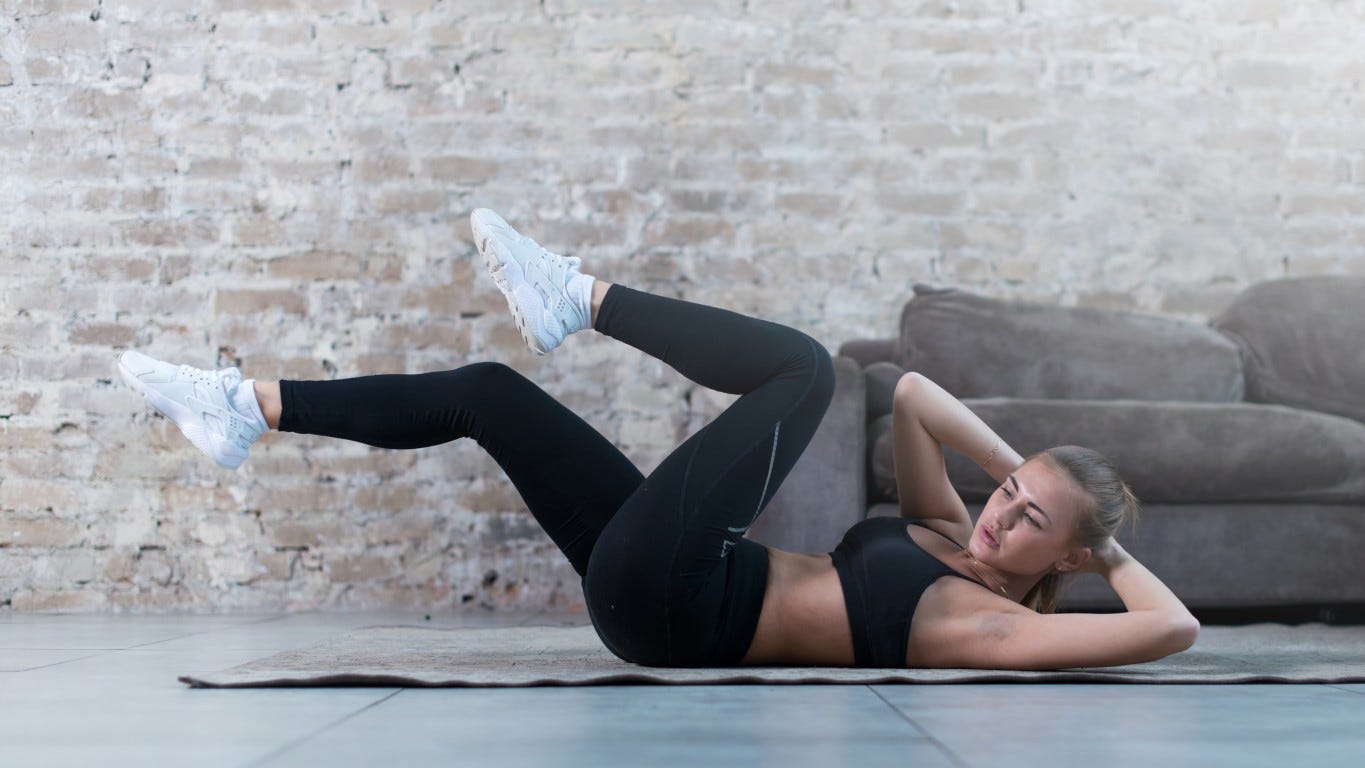10-Minute Pilates Routine for Anywhere, Anytime

The Benefits of At-Home Pilates Workouts
Over the past decade, Pilates has gained immense popularity, and rightfully so. However, getting a professional instructor or buying home equipment can be costly, especially for beginners. The good news is, you can enjoy the benefits of studio-based Pilates right at home, using only a mat and your body.
Originally called Contrology and created during World War I, Pilates is a method of exercise involving low-impact movements performed in a slow and controlled manner, often with a wheeled platform known as a reformer. It is known to ease low back pain, build muscle, and strengthen the core, particularly useful for those recovering post-pregnancy.
Several small studies also suggest that pilates can assist with cardiovascular health, although it’s recommended to include other workouts like weight lifting, running, or walking in your routine, according to Benjamin Gordon, a professor of applied physiology and kinesiology at the University of Florida.
Enjoying Pilates Without a Studio or Machine
If you’re looking to try Pilates at home, you don’t need a studio or machine. Studies indicate you can see benefits such as improved posture, strength and flexibility, and decreased blood pressure and arthritis pain, just by using a mat.
Getting Started with Pilates at Home
If you opt to give Pilates a go on your own, pay attention to how your body feels during the workout. Ensure that the exercises aren’t causing discomfort or pain in your lower back or neck. If so, they may need to be modified.
Beginners are usually advised to start with an instructor, ideally certified by the Pilates Method Alliance, to ensure correct form and prevent injuries. The key to Pilates is understanding the movements, which are all about control rather than momentum, explains Ashley Goodwin, an exercise scientist at the Feinstein Institutes for Medical Research.
You can try some easy Pilates exercises at home without any equipment. Aim to complete each exercise below for a 5- to 10-minute workout, focusing on form over speed. Take breaks when needed, but work towards completing the workout without one.
Pilates Exercises to Try at Home
For more guided exercises, visit the National Health Service of the United Kingdom’s website for several guided Pilates workouts designed for individuals with arthritis, back pain, knee problems, and those who prefer chair-based Pilates.
Here are a few Pilates exercises you can start with at home:
The One-Leg Circle
This is a safe exercise to start with at home. It strengthens your obliques and increases hip-joint mobility. You can make it more challenging with slightly larger circles or by straightening the lifted leg toward the ceiling. Over time, try straightening the other leg so it’s flat on the floor.
The Pilates 100
This classic Pilates movement strengthens your deep abdominal muscles along with your arms and legs. Be cautious trying it at home if you have back or neck pain. You can modify the exercise by leaving both feet on the floor, or make it more challenging by lifting both legs together and holding them for all 100 arm pulses. Or lift your head and shoulders off the mat and straighten your legs.
The Swimming Exercise
This move helps strengthen your shoulders and glutes while stabilizing your core and lower back. Make it more challenging by lifting both your arm and the leg on your opposite side simultaneously.
The Cat Stretch
Commonly used in both Pilates and yoga, this stretch can help reduce stiffness in your spine. Repeat it 20 times.
—
Read More Health & Wellness News; US Lifestyle News


Leave a Comment